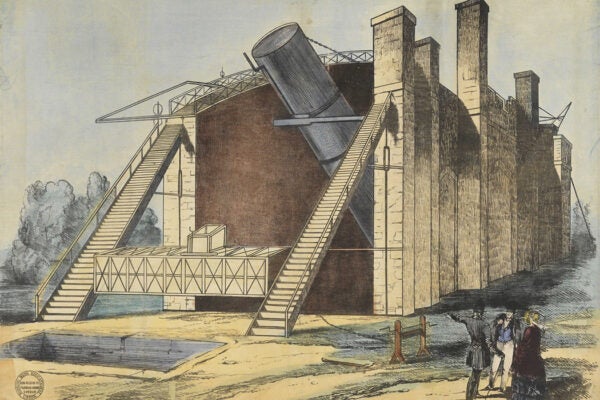Leviathan Resurrected: Illustration and Astronomy
In the 1840s, the Leviathan of Parsonstown, built by William Parsons, third Earl of Rosse, became the largest telescope in the world.
In the Stereoscope, Another World
Developed in the nineteenth century, the stereoscope gave people a new way of seeing themselves and the world around them.
How Sports Shaped Glacier Science
The heroic masculinity that governed early glacial science had its roots in nineteenth-century British sporting culture.
The History of Peer Review Is More Interesting Than You Think
The term “peer review” was coined in the 1970s, but the referee principle is usually assumed to be as old as the scientific enterprise itself. (It isn’t.)
How Astronomers Write History
Scientists’ approach to dating past eclipses changed when they stopped treating classical texts as authoritative records.
Caroline Herschel Claims Her Comet
Couching her petition in a mix of modesty and expertise, Herschel became the first woman to have a scientific paper read to the Royal Society of London.
How 19th-Century Scientists Predicted Global Warming
Today’s headlines make climate change seem like a recent discovery. But Eunice Newton Foote and others have been piecing it together for centuries.
Turtle Shells: More Than Meets the Eye
Turtle shells evolved over time from earlier precursor structures.
Warty Pigeons, Dodos, Giant Tortoises, and More: The Extinct Wildlife of Mauritius
Newly discovered Dutch manuscripts describe the extinct wildlife of Mauritius Island.








